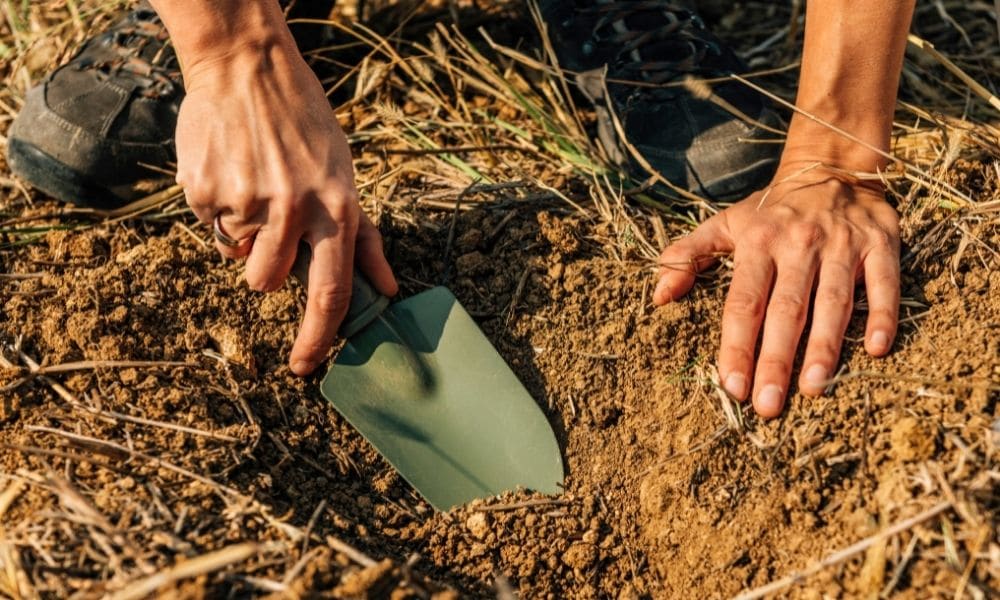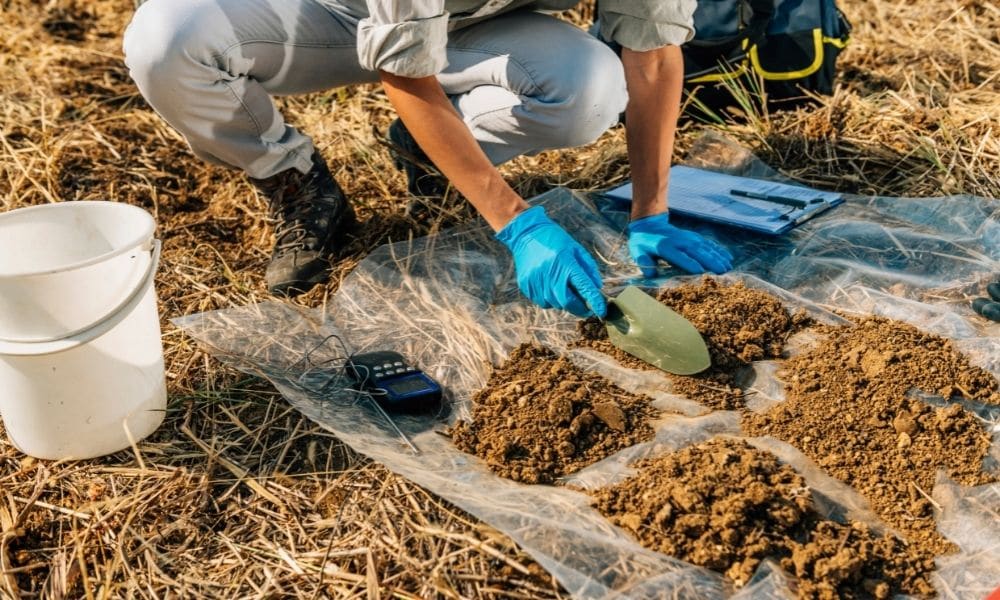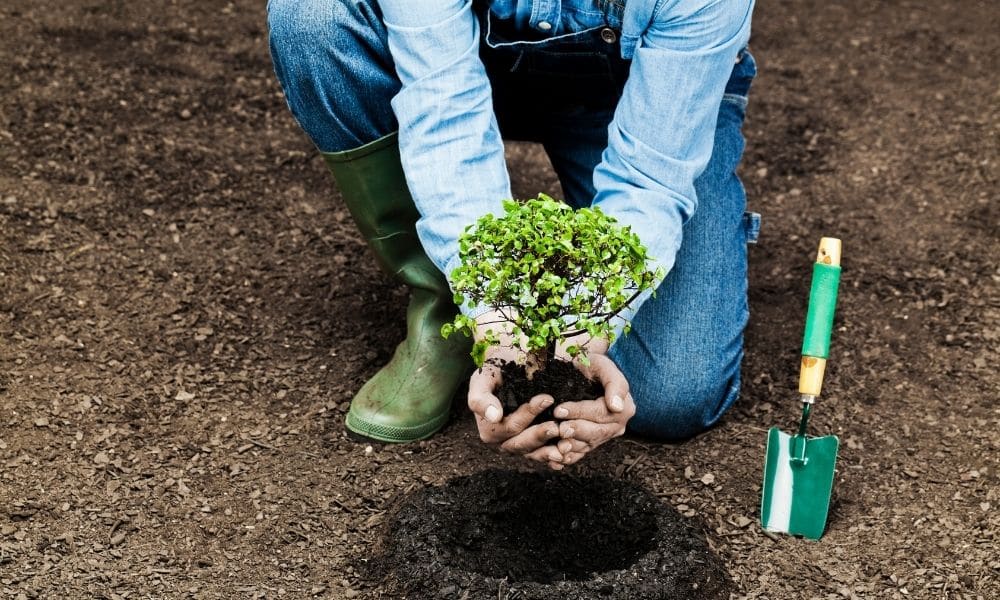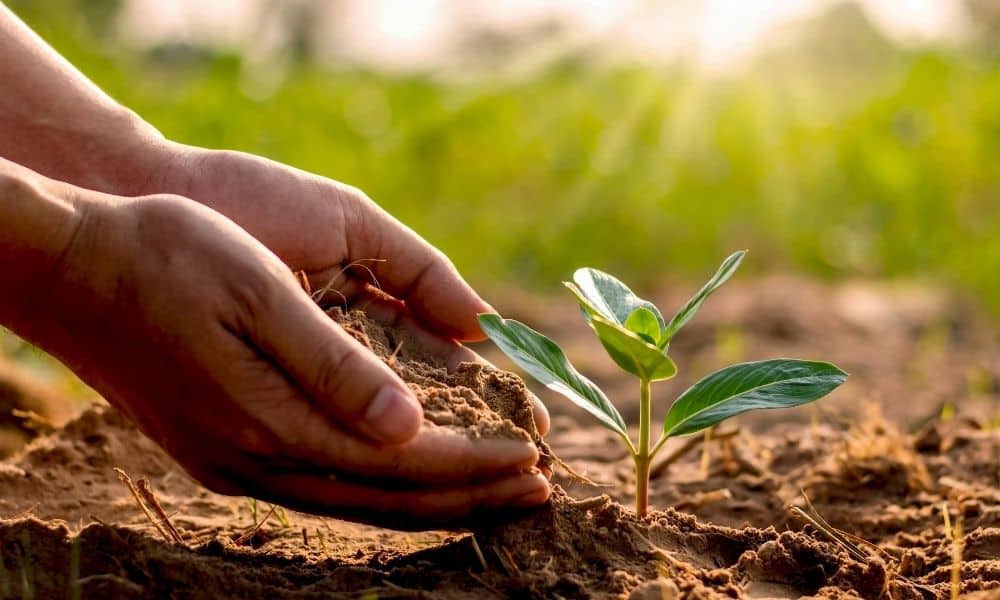How to plant a tree? Before we answer that question, let us first tell you why you should plant a tree! Trees can bring so much beauty and life to any corner of your property or garden, but it’s not easy to find the perfect one that will suit your needs and location in your yard. At this point you might be asking yourself: what kind of trees can I plant? How do I know which type of tree to choose? Where can I get a tree from? Well, look no further as we have the answers to all of these questions! Read on and find out more about how to plant a tree!
Arrange The Necessary Ingredients
Before planting a tree, you will need to make sure that you have all of your equipment and materials together. Listed below are some important items to take care of first. Don’t plant trees where they won’t thrive: You’ll also want to check out the growing conditions in your area. Some trees just don’t do well in certain climates or soil types.
The Arbor Day Foundation offers an interactive map that shows which species grow best in different areas. In addition, as part of its ongoing research into climate change’s impact on forests, researchers at Colorado State University maintain a list of native trees for every state in America.
Select The Right Spot
Before you start planting a tree, it is important to evaluate where you want to place it. Ideally, it should be planted in a place where there is at least six hours of sunlight daily and well drained soil. You can also save money by buying seedlings for small trees without custom-grafting from mature trees.
Just keep in mind that new plants usually take two or three years before they are ready for harvest. Also be sure to plant your tree at least 10 feet away from the power line to avoid property damage down the road. To ensure a healthy start to your plant, invest in quality composted fertilizer; This will add the necessary minerals to the eroded soil as well as promote the growth of hard roots.
Pick The Right Tree
When you’re planting a tree, whether it’s for your own home or a community green space, there are many things to consider. What kind of tree should you plant? Where should you plant it (and how much space will it need)? How long will it take for your tree to reach maturity? And most importantly: how can you help ensure that your new tree stays healthy and grows up to be a beautiful shade-provider for years to come?
The first step in selecting a tree is to determine what type of environment it needs to thrive. There are two main types of trees—deciduous and coniferous—each with their own unique characteristics. Deciduous trees shed their leaves each fall, while conifers keep theirs all year round. Deciduous trees tend to grow faster than conifers, but they require more water and fertilizer throughout their lives because they must replace lost leaves every year. Conifers grow more slowly than deciduous trees but require less water and maintenance over time because they don’t lose their leaves each fall.
Prepare The Ground
Although your tree can tolerate poor soil, it will not be fruitful if you plant it in poor soil. Most trees prefer well-drained, slightly acidic (6.5 pH) loam sandy soils that are rich in organic matter, such as peat moss or compost. There is plenty of organic matter before planting and fix with compost or other organic fertilizers to promote better drainage and healthy roots. If you plant a small specimen tree – such as a dwarf or fruit tree – plant it a few feet from driveways, patios, and walkways so that you have room for growth later.
Step 1 – Dig A Hole

When it comes to planting a tree, you must have enough space to plant a tree. For the diameter of the stem per inch at chest height (1.5 m), the tree diameter requires at least three feet of planting space. In other words, if you are planning to plant a 7-inch-diameter (17 cm) tree, dig your hole about 10 feet (3 m) wide and 3 feet deep so that there is enough space for your root system to grow. Compressed or immobile. If you use trees from a nursery, make sure you water them for a few days before planting to allow their roots to grow and expand after planting.
Step 2 – Put fertilizer in the soil you are selected

This is another important process that is essential for the growth of a healthy tree. If you are not aware of how to do this, hire experts and make sure they do it well. You can also hire companies like Landscape Services Brisbane to help you with this. Different fertilizers are available in the market and they should be chosen according to the need. Organic fertilizers, chemical based fertilizers, fertilizers etc. will all be suitable for your plantation. Choose wisely!
Step 3 – Plant Your Tree

Once you have a tree and decide to place it, dig a hole where it will be planted. Be sure to provide adequate space between the plants so that they do not crowd and create shade that can stunt their growth. Add some compost or fertilizer to help your plant get a healthy start – plus, it makes an excellent fertilizer for other plants in your garden.
If you plan to water your plant regularly or keep it near an irrigation system, make sure it does not dry out; Once the roots begin to turn from living tissue into dead wood material, no amount of water will be able to bring them back to life. If you have questions about caring for a particular type of tree, check with your local nursery before planting.
Step 4 – Give Regular Watering

Once you’ve planted your tree, it will be reliant on you to provide it with regular care. In fact, you should monitor your tree’s needs throughout its entire life span to ensure optimal health and growth. While there are numerous ways to do so, one of the easiest is by monitoring soil moisture levels; healthy trees require plenty of water in order to grow. The amount of water needed depends largely on local climate conditions and can vary from region to region.
If you live in a dry area, for example, your tree may need watering once a week or more frequently during hot summer months. On the other hand, if you live in an area that gets a lot of rain each year (like Seattle), then less frequent watering may suffice—every two weeks or even every month may be sufficient depending upon weather conditions. It’s also important to keep in mind that young trees typically need more frequent watering than older ones because they have larger root systems that require more nutrients and water than smaller roots would.
Step 5 – Maintain This For Years To Come

After you plant your tree, make sure you maintain it for years to come. Prune it regularly so that sunlight reaches the leaves and roots, which will be important for photosynthesis. In addition, water your plants whenever there is a lack of rainfall in your area. Remember that too much water is just as harmful as not having water; When watering your plant, make sure it is not excessive! Bottom line: If you take good care of your plants from beginning to end, they will probably last for more than fifty years. It’s a complete shadow!
Final Thought
Once your tree is in place, water it to help it get a good start. During dry months, check on it and water as needed. Even if you’re busy with other projects or simply don’t have time to make frequent trips out to check on your trees, you can still make sure they stay healthy by watering them every month or so.
If you don’t want to do it yourself, consider hiring someone to come over and water your trees every couple of weeks throughout the year. Make sure that whoever you hire understands how much water your trees need and doesn’t overwater them. For best results, plant native species whenever possible. Native plants are adapted to local soil conditions and climate—and there are plenty of native trees available! You can find many native tree species at nurseries across America.
They may be more expensive than non-native species but they grow better and will require less maintenance once established. And because they grow well in your area, you won’t have to worry about whether or not they will survive outside their natural habitat.





